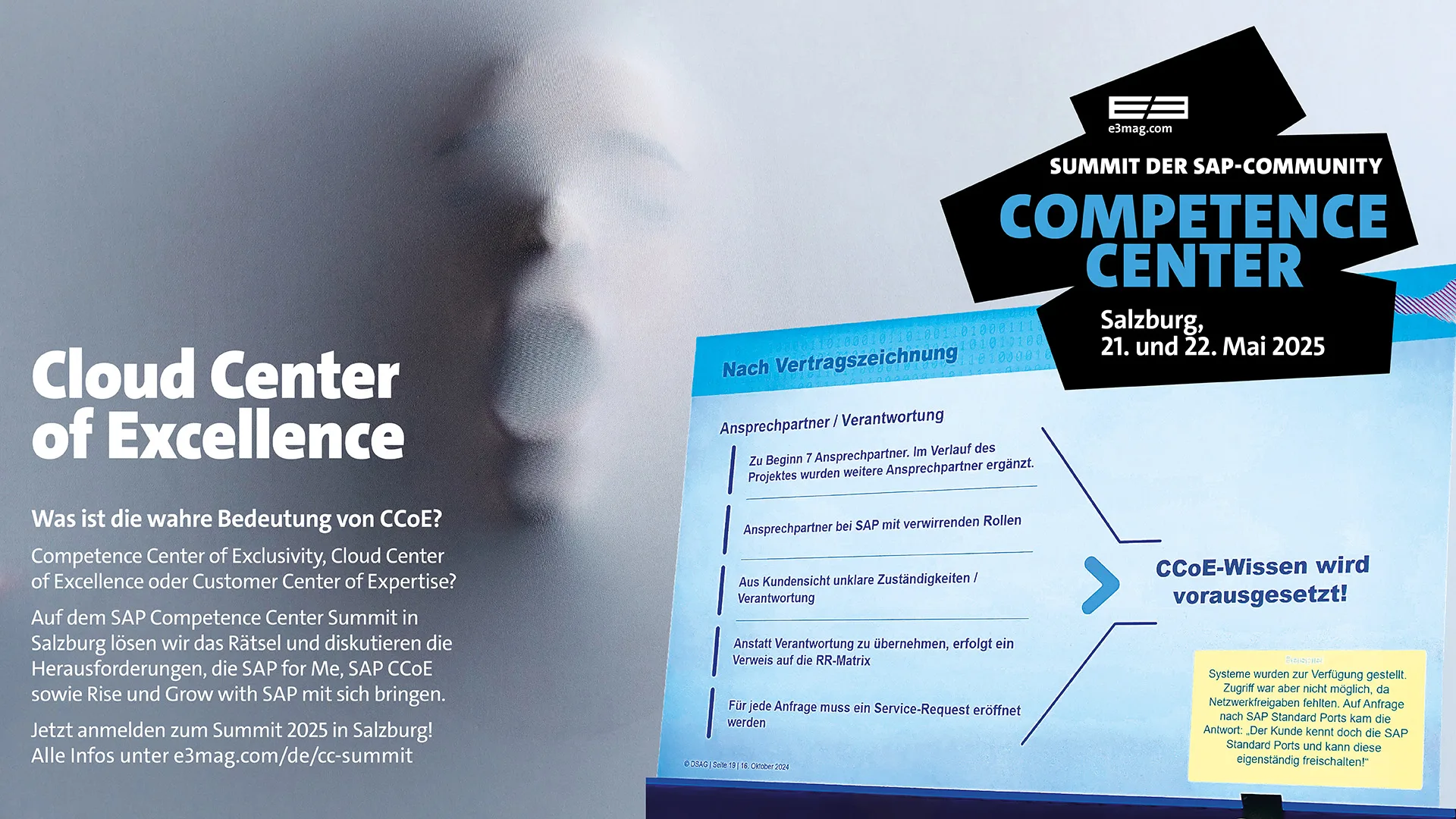Innovation Is Key but Beware of Its Overuse


The terms "innovation" and "innovative" are used so broadly and in such an inflationary manner that they have become vague and ambiguous, lacking a uniform definition. However, it is crucial to assess the true dependency of companies on innovation. And in the realm of software, how truly innovative is an ERP system?
As always, we look at the topic with a degree of distance. What exactly does "innovation" mean and why are we concerned with it? Innovation is an omnipresent motif in our culture (at least since Prometheus, a figure in Greek mythology who was renowned as a mastermind) and human history (at least since the wheel)—but also in business life. As is so often the case, the word comes from Latin (innovare—to innovate).
In an economic context, Joseph Schumpeter attempted a definition a good 100 years ago: He defined innovation as the "implementation of a technical or organizational innovation in the production process." According to Schumpeter, innovation is driven by the ambition of the creative entrepreneu" to achieve new monopoly positions that can be capitalized on accordingly. This can occur at the product level or the process level. Examples of innovation include the telephone and the just-in-time process.
In the SAP environment, we keep hearing about daunting examples such as Nokia, Kodak or Blockbuster. The underlying message is clear: companies that do not reinvent themselves will go under. I would like to take a very clear stance on this: this is true, and yet also not. On the one hand, innovations, i.e. fundamental innovations that are also utilized, are an integral part of corporate development. Whether the innovations are driven by the company's own vision ("push") or by external market requirements or gaps ("pull") is of secondary importance here. What is important is that successful companies are usually able to (re)act to this.
On the other hand, there is of course—in addition to the internal R&D departments—the strategy of buying in innovation. Both are important and correct, but to focus everything on innovation is perhaps somewhat negligent. Because the topic is not necessarily complicated, but incredibly complex, we are also attempting to structure everything and create standards for innovation management. Probably out of a desire to control something that is often difficult to control in everyday life. According to the motto: "If it’s not broken, don’t fix it"—why should successful companies worry about innovation when things are going well?
The crux of the matter is that it only works until it stops working. And then having no more options is probably the worst situation. While we have now described what innovation is at a high level, we can also say what innovation is not. Innovation is not invention. Innovation and invention may share the same starting point—the premise of creating something fundamentally new. But innovation goes further than invention. Innovation is the practical application of an invention.
At the same time, innovation is not optimization. Improving something means that something already exists. In this respect, invention and innovation could be placed ahead of optimization on a timeline. In general, we should think less about innovation possibilities and framework parameters and simply get down to implementation. Because while we are philosophizing here, the next Thomas Bell might just be discovering how cryogenic technology enables scalable quantum computing.
Despite the buzzword hype, innovation is essential, and we should be bold and willing to experiment more often. However, I also suggest a more judicious use of the term "innovative," avoiding its excessive and indiscriminate application. There are other suitable synonyms, such as original, imaginative, creative, novel, unconventional, future-oriented, or progressive, which often suit the context even better.
To the partner entry:









